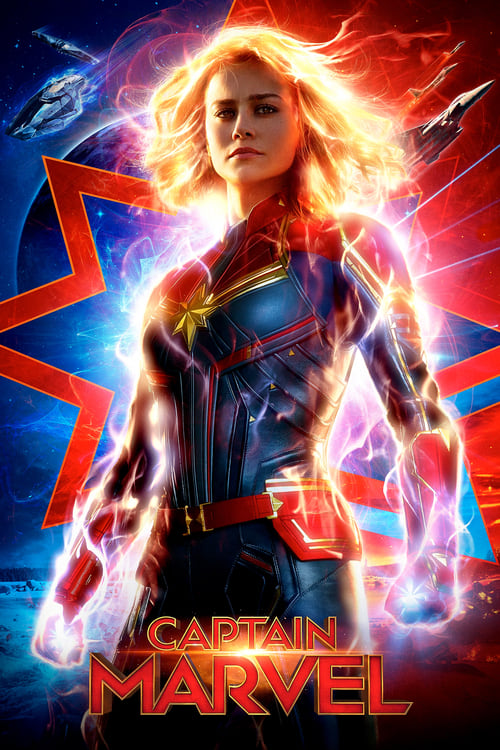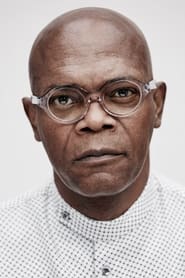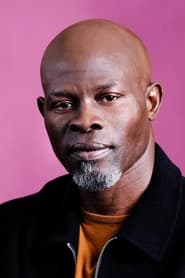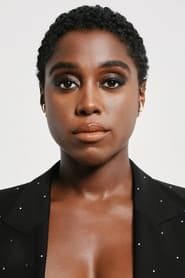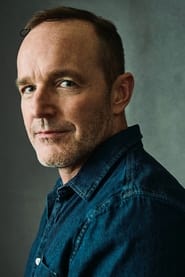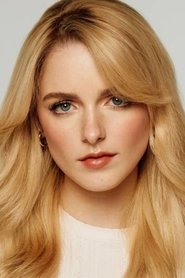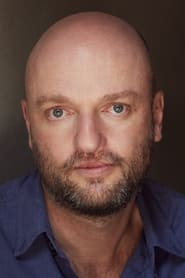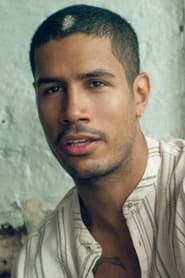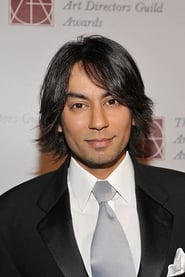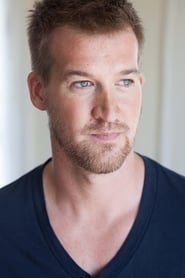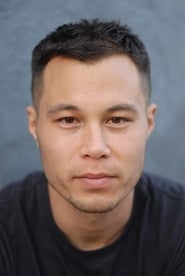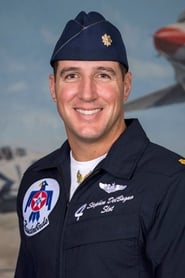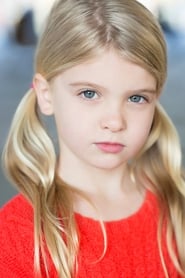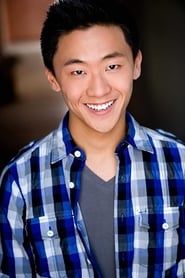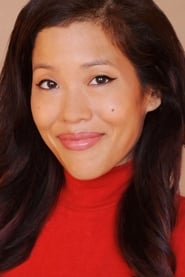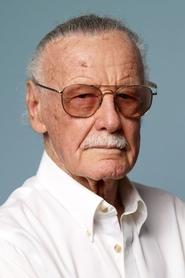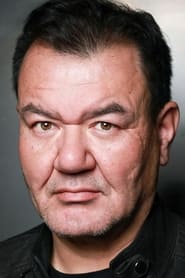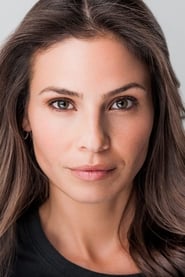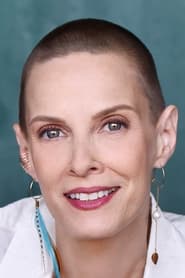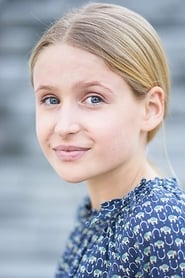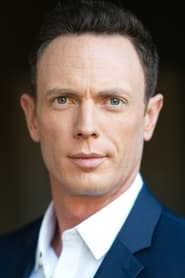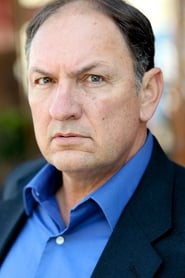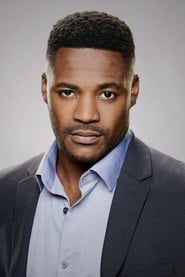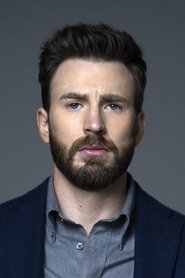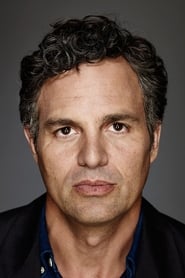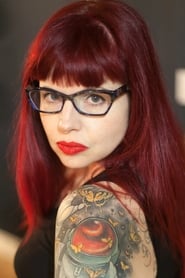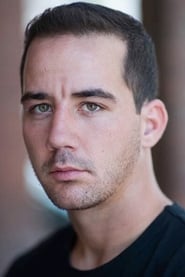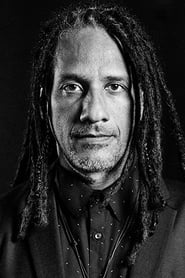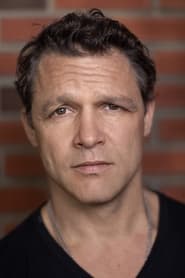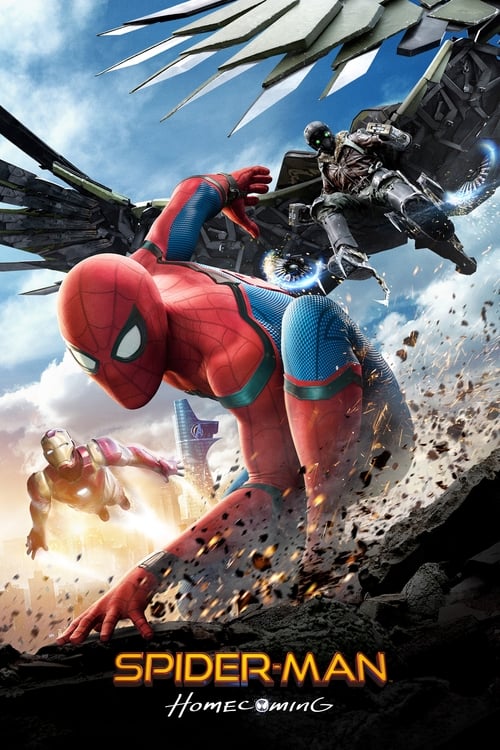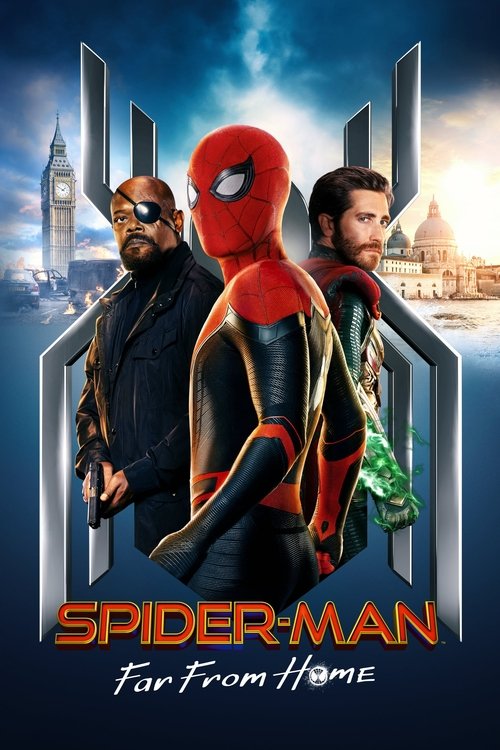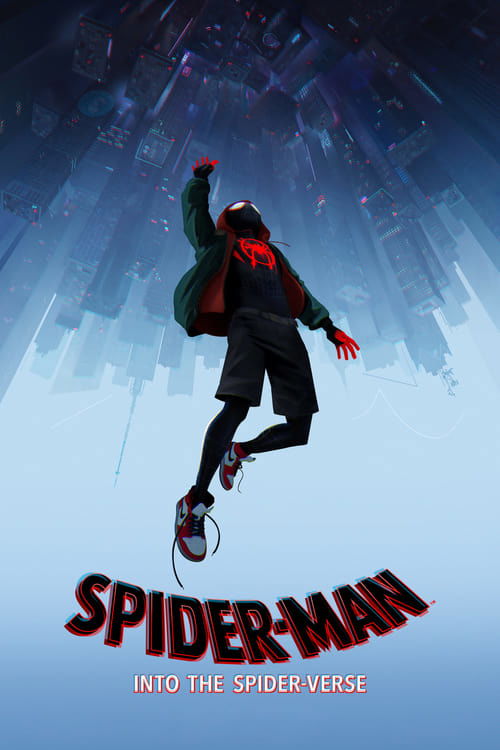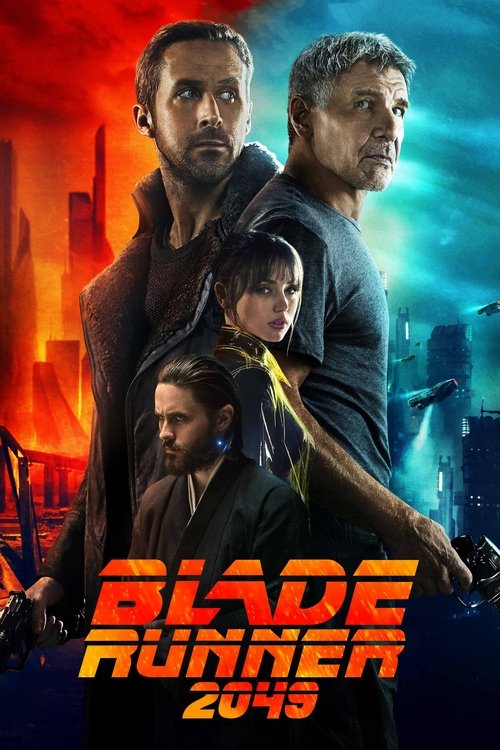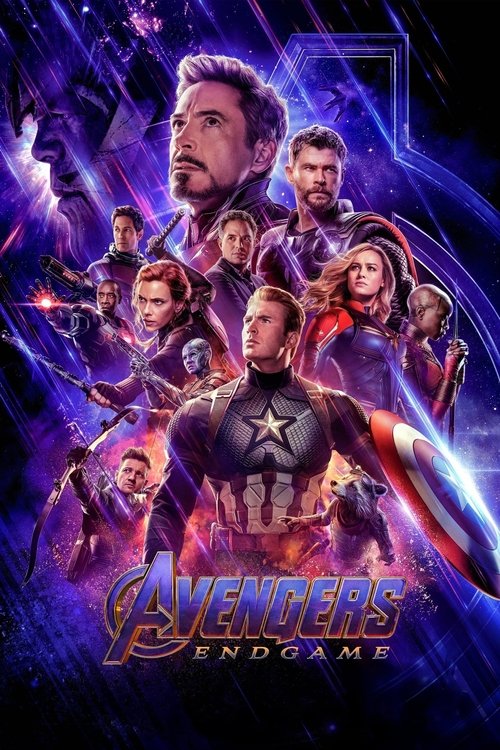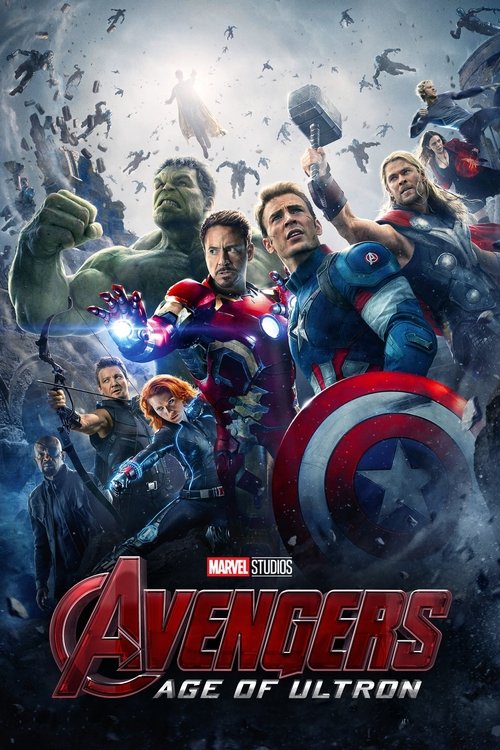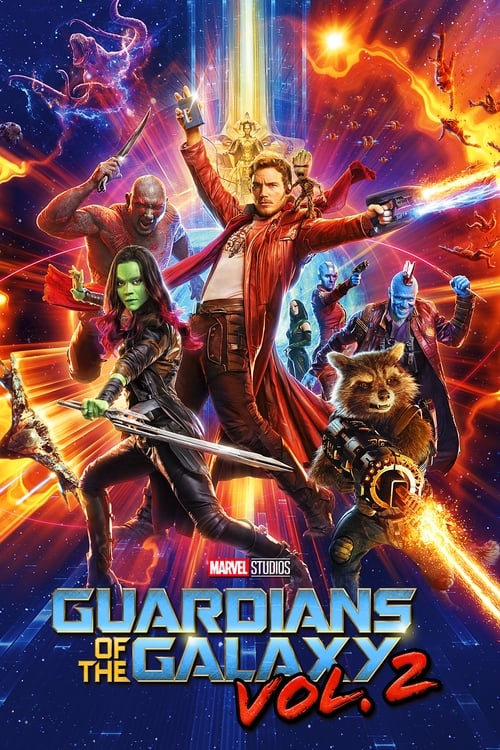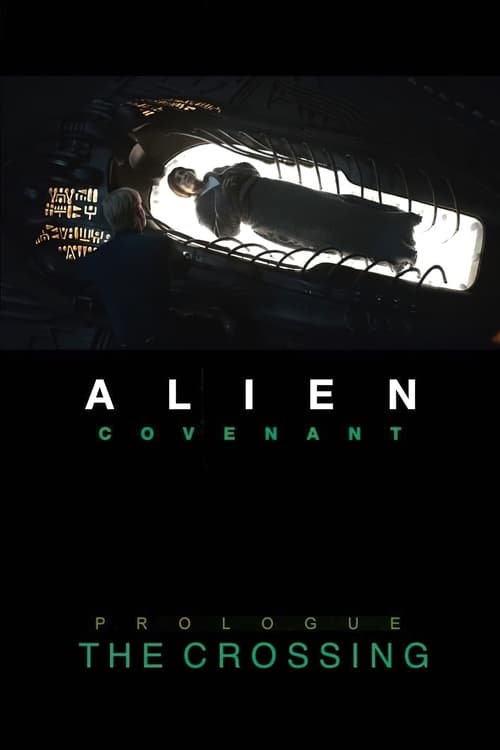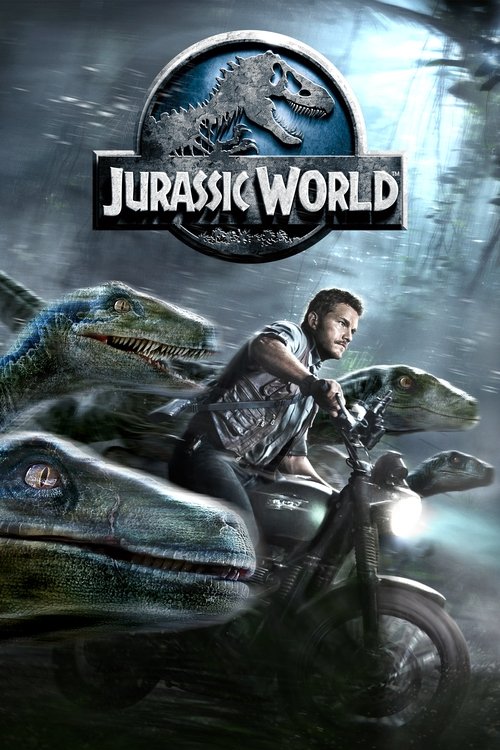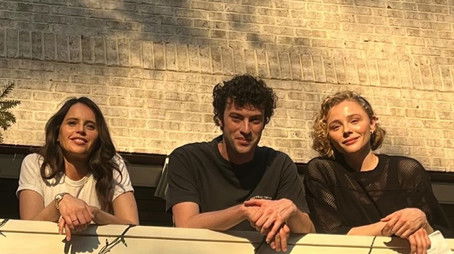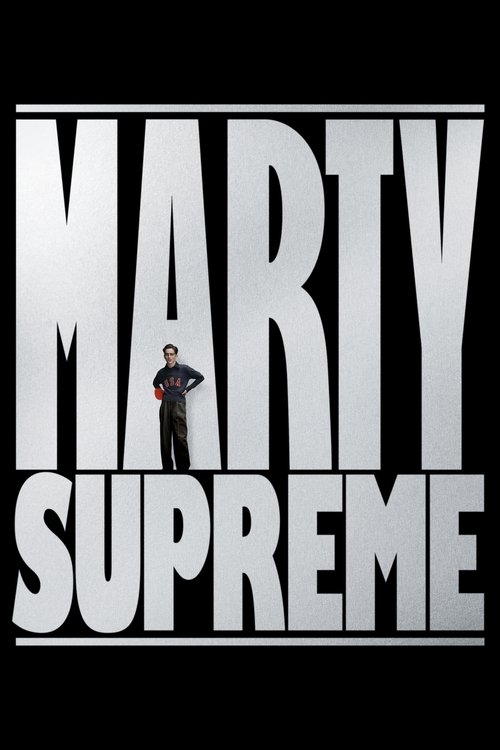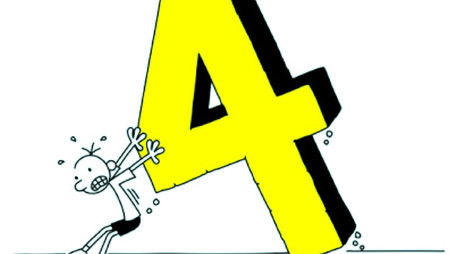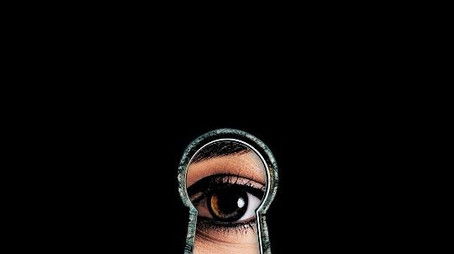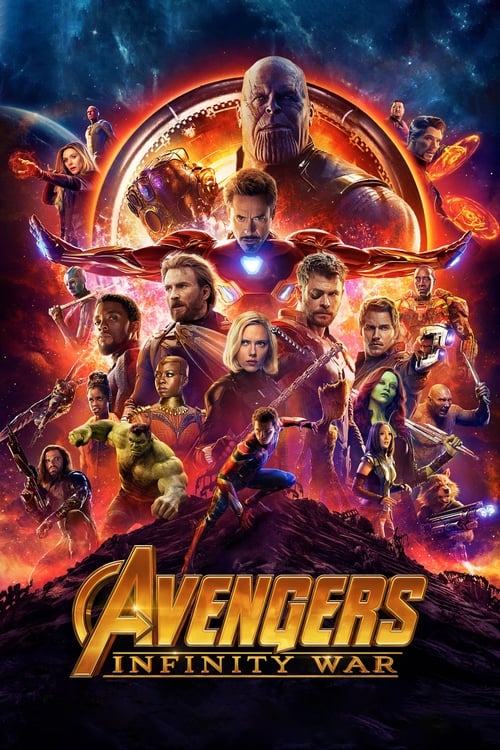
Ask Your Own Question
What is the plot?
The story opens in 1995, on the Kree homeworld of Hala, a planet bathed in the cold blue light of advanced alien technology. Vers--a warrior with glowing fists and a fierce, restless spirit--trains under the watchful eye of her mentor, Yon-Rogg, the leader of Starforce. She dreams of combat, of proving herself worthy of the Kree Empire, but her nights are haunted by flashes of a past she cannot remember: a woman's face, a jet in flames, a crash in the desert. "Control your emotions, Vers," Yon-Rogg warns her, his voice calm but edged with authority. "The Supreme Intelligence will not tolerate weakness." The Supreme Intelligence, a shimmering, ever-shifting hologram of a woman, echoes this sentiment, telling her, "You must learn to control your powers, or they will control you."
Vers is sent on a mission to rescue a Kree operative captured by the Skrulls, the shape-shifting enemies of the Kree. The mission goes awry when Vers is ambushed and captured by Talos, a cunning Skrull commander who probes her mind for information about a secret project on Earth. As Talos sifts through her memories, Vers sees glimpses of a life she does not recognize: a woman in a flight suit, a child's laughter, a desert airfield. "Who are you?" Talos asks, intrigued. But before he can learn more, Vers escapes in a burst of energy, her powers flaring as she commandeers a Skrull ship and crash-lands in Los Angeles, California.
On Earth, the year is 1995. The city is alive with the sounds of grunge music and the hum of dial-up internet. Vers, disoriented but determined, stumbles into a Blockbuster Video, her Kree uniform drawing stares. She is quickly confronted by S.H.I.E.L.D. agents Nick Fury and Phil Coulson, both men younger than history will remember them, their faces unlined by the years of secrets yet to come. Fury, skeptical but intrigued, demands answers. "Who are you? What are you doing here?" Vers, equally suspicious, replies, "I could ask you the same thing." Before they can resolve their standoff, Skrull agents attack, leading to a chaotic chase through the city. In the confusion, a Skrull impersonating Coulson is shot and killed by Fury--the first death of the film, a moment that shocks both men and deepens the mystery.
Vers and Fury form an uneasy alliance, united by the need to survive and uncover the truth. Fury, ever the pragmatist, quips, "You're not from around here, are you?" as they flee in a stolen car, the Skrulls hot on their trail. Using clues from Vers's fragmented memories, they travel to Louisiana, to the home of Maria Rambeau, a former Air Force pilot and Vers's closest friend from a life she cannot recall. Maria, a strong, compassionate woman raising her daughter Monica alone, is stunned to see Vers--whom she knew as Carol Danvers--alive after six years. "Carol?" Maria whispers, her voice trembling. "Is it really you?" The reunion is emotional, charged with disbelief and hope. Monica, wide-eyed and curious, asks, "Are you an alien?" Carol, still unsure of her own identity, can only reply, "I don't know."
Talos, now revealed as a shapeshifter but unarmed, arrives at Maria's home. He plays a recovered blackbox recording from the crash that changed Carol's life. The voices of Carol and Dr. Wendy Lawson--her mentor and friend--fill the room. "We have to destroy the engine before the Kree get it," Lawson urges. Then, a gunshot. Carol's memory floods back: Yon-Rogg, her Kree mentor, murdered Lawson to prevent her from destroying the experimental engine that could power lightspeed travel. Carol, in a desperate act, destroyed the engine herself, absorbing its energy and gaining incredible powers--but losing her memories in the explosion. The revelation is visceral: Carol is not a Kree warrior, but a human woman caught in a cosmic conflict far larger than herself.
The group--Carol, Fury, Maria, Monica, and Talos--realize that Lawson was actually Mar-Vell, a renegade Kree scientist who defected to help the Skrulls, a race the Kree have painted as monsters but who are, in truth, refugees fleeing genocide. "We're not soldiers," Talos explains, his voice heavy with sorrow. "We're just trying to find a home." Carol, her identity restored, vows to help them. The team locates Lawson's hidden laboratory, a cloaked ship orbiting Earth, where Skrull refugees--including Talos's family--have been hiding for six years. The ship also contains the Tesseract, the cosmic cube that powered Lawson's engine and the source of Carol's abilities.
As they prepare to launch a rescue mission, Carol is captured by Starforce and brought before the Supreme Intelligence. The AI, taking the form of Carol herself, tries to manipulate her, urging her to suppress her emotions and submit to Kree authority. "You are only strong because we made you so," it intones. But Carol, defiant, removes the Kree implant that has been limiting her powers. "I have nothing to prove to you," she declares, her eyes blazing with energy. The Supreme Intelligence's hologram flickers and fades as Carol's full potential is unleashed--a transformation both visually stunning and emotionally cathartic.
A battle erupts on the orbiting lab. Carol, now fully powered, fights her former Starforce teammates, her movements a blur of light and force. She defeats them one by one, her resolve unshaken. Meanwhile, Fury retrieves Goose--the orange tabby cat who has been with them since Louisiana--only to discover that Goose is actually a Flerken, a dangerous alien creature with tentacles and the ability to swallow objects whole. In a moment of chaos, Goose swallows the Tesseract and, in a scuffle, scratches Fury's left eye, blinding him--a wound that will become iconic in the years to come.
On Earth, the Kree launch a final assault, led by Ronan the Accuser, whose warship looms ominously in the sky. Carol, her body glowing with cosmic energy, flies into space to confront the threat. She destroys Ronan's missiles and cripples his ship, forcing the Kree to retreat. The sky above Louisiana is lit with the fire of her power, a spectacle that leaves Maria, Monica, and Fury in awe. "You're a superhero," Monica says, her voice filled with wonder.
Carol then faces Yon-Rogg in a final, personal confrontation. He challenges her to fight him without her powers, appealing to her Kree training. "Prove you're the hero," he taunts. But Carol, confident in her true self, simply blasts him with energy, sending him crashing to the ground. "I have nothing to prove to you," she repeats, her voice steady. She allows him to live, sending him back to Hala with a message for the Supreme Intelligence: she is no longer their weapon.
With the immediate threat over, Carol helps the Skrull refugees--including Talos and his family--find a new home among the stars. She bids a heartfelt farewell to Maria and Monica, promising to return. To Fury, she gives a modified pager, instructing him to use it only in the direst emergency. "You're not alone anymore," she tells him. As she flies into the cosmos, the Avengers' theme swells in the background, a hint of the legacy she is about to join.
Back at S.H.I.E.L.D. headquarters, Fury, now sporting an eye patch, drafts plans for the "Avengers Initiative," inspired by Carol's call sign, "Avenger," painted on the side of her old jet. Coulson brings him a box of fake eyes, joking about the injury. "Did the Kree do this to you?" he asks. Fury, ever enigmatic, simply smiles. On his desk, a photo of Carol stands as a reminder of the woman who changed everything.
The mid-credits scene jumps forward in time: Fury, now older and wiser, activates the pager as New York City falls to alien invasion. The Avengers--Black Widow, Captain America, and others--watch in shock as the signal is received. Carol Danvers, her hair shorter, her eyes determined, appears before them, ready for the next battle.
The post-credits scene offers a moment of levity: Goose, now back at S.H.I.E.L.D., coughs up the Tesseract onto Fury's desk, the cube gleaming ominously--a reminder that even the most ordinary-seeming things can hold extraordinary power.
Deaths and Confrontations
- Dr. Wendy Lawson / Mar-Vell: Killed by Yon-Rogg during the 1989 test flight, shot to prevent her from destroying the experimental engine.
- Skrull impersonating Phil Coulson: Shot and killed by Nick Fury during the Skrull attack in Los Angeles.
- Yon-Rogg vs. Carol Danvers: Multiple confrontations, culminating in Carol defeating him on Earth and sending him back to Hala with a warning.
- Carol Danvers vs. Starforce: Carol fights and defeats her former teammates on the orbiting lab after rejecting the Supreme Intelligence.
- Kree forces led by Ronan the Accuser: Carol destroys their bomber, forcing them to retreat.
- Nick Fury: Loses his left eye after being scratched by Goose the Flerken.
Major Revelations and Twists
- Carol's true identity: She is Carol Danvers, a human pilot given superpowers by the energy of Lawson's engine, not a Kree warrior as she believed.
- Skrulls as refugees: The Skrulls are not villains but refugees seeking a new home, with Talos as their sympathetic leader.
- Lawson's secret: Dr. Wendy Lawson is Mar-Vell, a Kree scientist who defected to help the Skrulls.
- The Tesseract: The cosmic cube is the power source of Lawson's engine and is hidden in her orbiting lab.
- Goose the Flerken: The cat is actually an alien capable of swallowing objects and inflicting serious injury.
- Supreme Intelligence: A manipulative AI that suppresses Carol's powers and represents Kree control.
Ending and Resolution
Carol Danvers embraces her true identity and power, defeats the Kree threat, and helps the Skrulls find safety. She leaves Earth with a promise to return, having forged unbreakable bonds with Maria, Monica, and Fury. Fury, inspired by her heroism, begins the Avengers Initiative, setting the stage for the future of the Marvel Cinematic Universe. The Tesseract, though temporarily lost, remains a thread in the larger tapestry of cosmic power and conflict. Carol's journey--from amnesiac warrior to self-assured hero--is complete, her legacy only just beginning.
This is the full, unvarnished story of Captain Marvel (2019), a tale of identity, betrayal, and redemption set against the backdrop of interstellar war and personal discovery. Every secret is revealed, every confrontation resolved, and every character's fate laid bare--a complete spoiler, from opening scene to final credits.
More Movies Like This
Browse All Movies →What is the ending?
At the end of Captain Marvel, Carol Danvers fully embraces her identity as Captain Marvel, defeating the Kree forces and saving Earth from a potential invasion. She also learns about her past and her true identity as Vers, a human pilot named Carol Danvers. The film concludes with her leaving Earth to help the Skrulls find a new home, while Nick Fury begins to form the Avengers initiative.
In a more detailed narrative:
The climax of Captain Marvel unfolds on the Kree ship, where Carol Danvers, now fully embracing her identity as Captain Marvel, confronts the Supreme Intelligence. In a moment of realization, she understands that the Supreme Intelligence has been manipulating her memories and emotions, using her past against her. This revelation empowers her, and she breaks free from the Kree's control, showcasing her true strength.
As she escapes the ship, she is met by Yon-Rogg, who believes he can still defeat her. In a fierce battle, Carol demonstrates her newfound powers, effortlessly overpowering Yon-Rogg. She chooses not to kill him, instead sending him back to Hala, the Kree homeworld, with a message: she will not be a pawn in their war. This moment signifies her growth from a soldier to a hero who defines her own path.
Meanwhile, on Earth, the Skrulls, led by Talos, are in a desperate situation as they seek refuge from the Kree. Carol returns to Earth, where she finds Talos and his family. In a heartfelt moment, she decides to help them find a new home, showcasing her compassion and commitment to justice. This decision marks a significant shift in her character, as she moves from being a weapon of the Kree to a protector of the innocent.
The film concludes with Carol and the Skrulls leaving Earth aboard a ship, heading towards a new beginning. In a final scene, Nick Fury, who has been a supportive ally throughout the film, is seen in his office, reflecting on the events that transpired. He begins to draft a message to Captain Marvel, which ultimately leads to the formation of the Avengers initiative. This moment foreshadows the future of the Marvel Cinematic Universe, hinting at the larger battles to come.
As the credits roll, viewers are left with a sense of hope and empowerment, as Carol Danvers has fully embraced her identity and purpose. The fate of the main characters is clear: Carol Danvers, now Captain Marvel, is on a mission to protect the universe; Talos and his family have a chance at a new life; and Nick Fury is laying the groundwork for a team that will face greater threats ahead. Each character's journey culminates in a powerful message about identity, strength, and the importance of choosing one's own destiny.
Is there a post-credit scene?
Yes, "Captain Marvel" features two post-credit scenes that add depth to the Marvel Cinematic Universe.
The first post-credit scene occurs after the main credits roll. It opens with the remaining Avengers--Black Widow, Captain America, and Bruce Banner--gathered around a device that is tracking the signal from Nick Fury's pager. They are anxious and curious about the mysterious signal. As they discuss the situation, the screen suddenly reveals Captain Marvel herself, who appears in a flash of light. She looks around, confused, and asks, "Where's Fury?" This moment establishes her immediate connection to the Avengers and sets the stage for her role in the upcoming "Avengers: Endgame."
The second post-credit scene takes place after the credits have fully rolled. It features Goose, the cat that accompanies Carol Danvers throughout the film. In a seemingly innocent moment, Goose is lounging on Nick Fury's desk. Suddenly, Goose coughs up the Tesseract, revealing its true form. This scene adds a humorous twist and highlights Goose's unexpected nature, as well as the significance of the Tesseract in the larger Marvel narrative. It leaves the audience with a light-hearted yet intriguing conclusion, hinting at the deeper connections between characters and artifacts in the MCU.
What is the significance of Carol Danvers' amnesia in Captain Marvel?
Carol Danvers, known as Vers at the beginning of the film, suffers from amnesia, which is a crucial plot element. This amnesia serves to create a mystery around her identity and past, driving the narrative forward as she seeks to uncover who she truly is. It reflects her internal struggle and the conflict between her Kree identity and her human origins. As she gradually regains her memories, the audience witnesses her emotional journey from confusion and frustration to empowerment and self-acceptance.
How does Carol Danvers' relationship with Yon-Rogg evolve throughout the film?
Initially, Yon-Rogg is portrayed as a mentor figure to Carol, training her to harness her powers as a Kree warrior. However, as the story unfolds, it becomes clear that he has been manipulating her, suppressing her true potential. Their relationship shifts from one of trust to betrayal, culminating in a confrontation where Carol rejects his authority and embraces her identity as a human. This evolution highlights her growth from a subordinate to a powerful hero who stands up for herself.
What role does the Tesseract play in Captain Marvel?
The Tesseract, a powerful cosmic artifact, plays a pivotal role in Captain Marvel. It is revealed that the Tesseract is the source of Carol's powers, as it was the energy from the Tesseract that fused with her during an accident. This connection not only ties her to the larger Marvel Cinematic Universe but also symbolizes her journey of self-discovery and empowerment. The Tesseract's presence also serves as a catalyst for the conflict between the Kree and Skrull, making it a central element in the film's plot.
What is the significance of the Skrulls in Captain Marvel?
The Skrulls are initially introduced as the antagonists of the film, depicted as a ruthless alien race at war with the Kree. However, as the story progresses, the audience learns that the Skrulls are refugees seeking a new home, and their portrayal shifts from villains to victims. This twist adds depth to the narrative, challenging preconceived notions of good and evil. The character of Talos, the Skrull leader, becomes a sympathetic figure, showcasing the complexities of war and the importance of understanding different perspectives.
How does Captain Marvel's final battle reflect her character development?
In the climactic battle, Carol Danvers fully embraces her identity as Captain Marvel, showcasing her immense power and confidence. This moment is a culmination of her character development throughout the film, where she transitions from a confused and restrained warrior to a formidable hero. The battle reflects her internal struggle, as she finally breaks free from the limitations imposed on her by Yon-Rogg and the Kree. Her ability to harness her powers without restraint symbolizes her acceptance of her true self, making this confrontation not just a physical battle, but an emotional triumph.
Is this family friendly?
"Captain Marvel" is generally considered family-friendly, but it does contain some scenes and themes that may be potentially objectionable or upsetting for children or sensitive viewers. Here are a few aspects to consider:
-
Violence and Action Sequences: The film features several intense action scenes, including space battles, hand-to-hand combat, and explosions. While not excessively graphic, the violence may be intense for younger viewers.
-
Mild Language: There are instances of mild profanity, which may not be suitable for all children.
-
Emotional Themes: The film explores themes of identity, loss, and memory, which may resonate deeply with some viewers. There are moments of emotional distress, particularly related to the protagonist's past and her struggles with self-discovery.
-
Depictions of War: The conflict between the Kree and Skrull races is central to the plot, and there are scenes that depict the consequences of war, including destruction and loss.
-
Mild Scares: Some scenes may be frightening for younger children, particularly those involving alien creatures or intense confrontations.
Overall, while "Captain Marvel" is designed to be accessible to a wide audience, parents may want to consider these elements when deciding if it is appropriate for their children.

